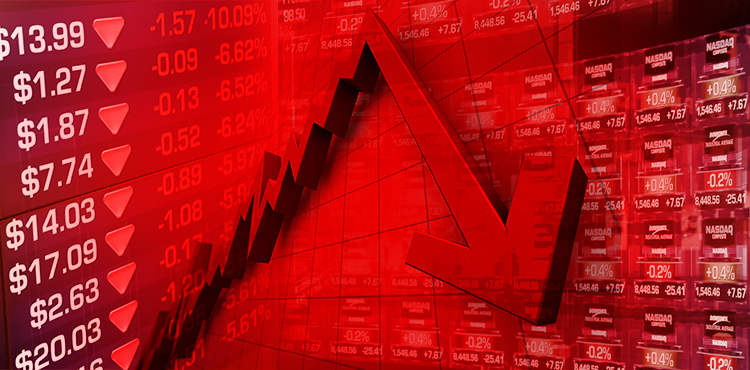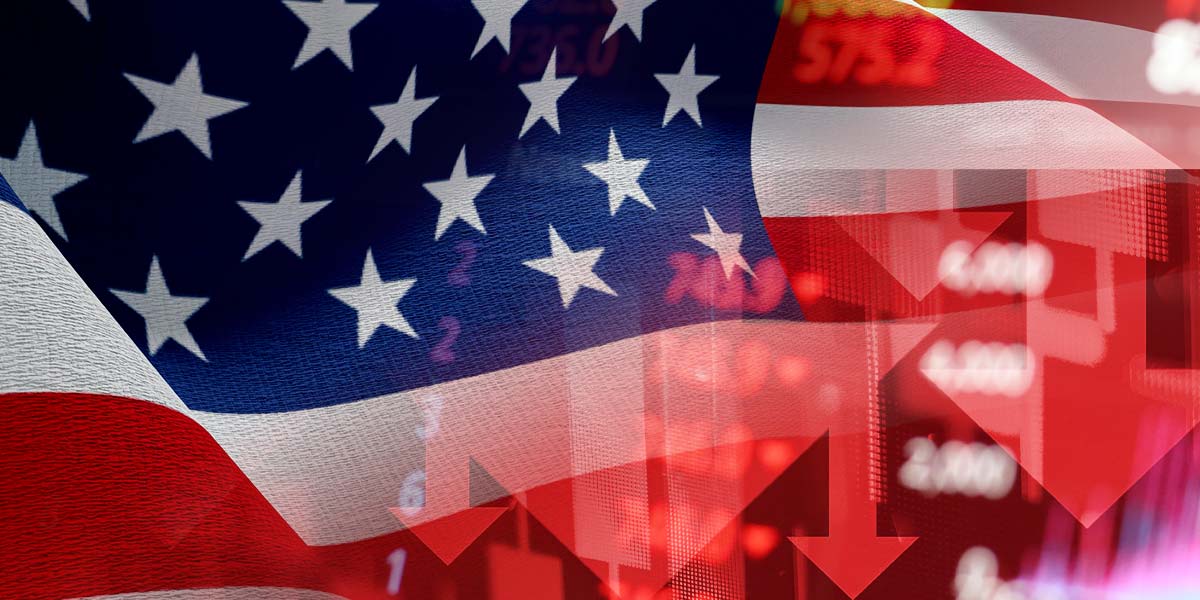
Traders Face “Dilemma” Bank of England to Raise Interest Rates, Brexit Remains Unsettled
Bank of England is about to take the nation to another level by rising interest rates, while Brexit is still one of the biggest problem.
After the meeting of BOJ and Fed, the Bank of England looks seemingly to raise interest rates on Thursday to the highest since the financial crisis almost a decade ago, defying warnings that it is taking a gamble ahead of Brexit, while the terms remain unclear.
Nevertheless, investors have put almost a 90% chance on a hike in Bank Rate to 0.75% from 0.50% on Thursday, according to market prices.
The decision will be announced at 1100 GMT with Mark Carney, BoE Governor, as a chair on news conference at 1130 GMT. Mr. Carney has said that even if Britain’s economy is growing only modestly, it risks overheating unless borrowing costs rise from their crisis-era emergency lows.
Investors are mostly focused on what message the Monetary Policy Committee(MPC) sends on Thursday about its intentions for further increases in borrowing costs instead of expectations of a rate hike almost entirely priced into the market.
Similarly, the BoE’s new inflation forecasts will be watched as a sign of whether it thinks investors are being too relaxed by betting on no follow-up rate hike until late 2019 and only one more almost at the end of its three-year forecast period.
The BoE’s meeting will be held after the U.S. Federal Reserve kept interest rates unchanged on Wednesday, characterized strong economy and keeping the central bank on track to increase borrowing costs in September.
The Fed’s decision left its benchmark overnight lending rate in a range of 1.75% to 2.00%.The Fed currently expects another two rate rises by the end of the year.
On the other side, investors had all but ruled out a move at this week’s meeting, with their sights set on rate hikes next month and in December. Federal funds futures implied traders are pricing in about a 91% chance of a rate rise in September and a 71% chance of an additional hike in December, according to CME Group’s FedWatch program.
Market reaction to the Fed decision was muted as it met expectations on where the central bank would push policy rates, with the dollar. DXY slightly stronger against a basket of currencies and U.S. Treasury yields little changed.
Jerome Powell, Fed’s Chairman, recently said the economy is in a “really good place” and pledged to continue with gradual increases in borrowing costs in order to maintain the second-longest U.S. economic expansion on record.
However, policymakers expect economic growth to slow next year as the fiscal stimulus fades, and they are keenly watching for signs of an acceleration in inflation that could push them to ramp up the pace of rate hikes to prevent the economy from overheating.
They also remain wary of the potential harm to the U.S. economy of a protracted trade war between the United States and China, which could push the cost of goods higher and hurt corporate investment.
Wednesday’s policy statement made no mention of the administration’s protectionist trade policies and maintained that the risks to the outlook were “roughly balanced.” Meanwhile, Donald Trump proposed a raise of Chinese import tariffs by 25% worth of $200 billion. This caused a confusion to the global market on whether Trump wants to compromise or threaten China.


